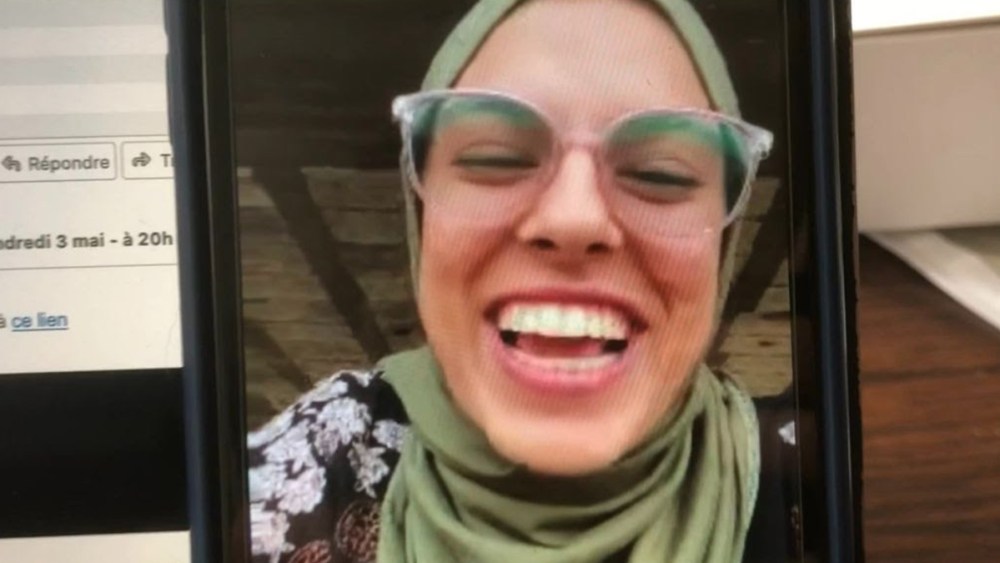Sepideh Farsi's documentary “Put Your Soul in Your Hands and Stroll” follows 25-year-old Gaza photographer Fatma Hassona, a narrative of a girl below a fixed bomb attack that makes the environment particularly sober. On April 16, 2025, the day after appearing in the Cannes movie pageant, Hassonner was killed in an Israeli air raid, turning the movie directly into an epitaph of the movie, making life go too fast.
Farsi takes a rare visible method to capture Hassona, but ultimately brings benefits. Iranian directors use a smartphone to shoot each other, creating distances between the audience and her subject, or completely mimicking the precise gap between two girls – in their many WhatsApp video chats. Farsi was unable to enter Gaza, Hassona could not leave, delaying the pixelated phone (due to Hassona's poor network connection), which was their only option to join.
There may be a clearer, additional traditional option to shoot this shot between opportunities for screen recording or between using Hassona’s personal DSLR Digicam, but choose Lo-Fi Mise En Abyme Have the influence of duel. On one hand, it tragically disengaged Hassona, the best Farsi in her year-long conversation that began in April 2024. Then, again, the moment when Farsi inserts Hassona's image on the display screen is all the extra position. Amid the ruins of bombing buildings, her photos of Palestinians losing their lives and survival reveal commands of shadows, compositions and focus, which are disconnected from vague video chats.
However, these calls themselves are the crux of the film, and regardless of its high quality, they show great temptation. Hassona, in her damaged English, tells her life and her daily situation, from starving family to the dangers of endangering bombs as she walks out of her goal of fleeing Gaza one day and tours Rome. Yet, regardless of her life and damage, she conveys all the reports and knowledge with a radiant smile, trying to remain constructive and even the most inhuman terror in nature. In many phone calls, the audio is broken overhead by choppers and drones, and the bombs land on neighbors’ houses. On one level, she turned her digital card into a nearby smoke pillar, standing in a simple place for residential buildings.
When her laptop is between calls, her laptop gives a better political background between calls (or can be named again after deleting a name), while information about Gaza and Israel play in the loop movie. All of this, and Porsey is also a topic–the helpless observer of these occasions, her reflections are reduced to a mere form in her dirty PC display. She asked Hassona about her opinion, which the young photographer conveyed as soon as possible with a smile, while she opened up complex emotions about the state of greater events. Still, with the seemingly insignificant anecdotes Hassona narrates her daily life, each time matching her clothes with a unique turban, or a pair of unique shadows or glasses, the details pale.
Hassona is popular and skillfully proficient (she shares her Arabic poetry and songs with Farsi), and within 110 minutes of the movie, we see extra content of her, the extra devastatingness becomes what we will never see her or will never know her. The distance she killed the Cannes movie pageant may mean that there are few modifications in the film, except for a nearby scene and an event close to the top. Furthermore, Porsey’s aesthetic approach (probably just so simply harsh) proves a lovely and heartbreaking approach in the same range, an overview of the precise approach where the filmmaker buys to get to know her topic earlier than she lost her life. Regardless of its tragic end result, the film proves that it arouses people’s abilities in hopes of opposing various dilemmas while also inserting a full range of occupation prices that depicts the full range of life and goals of the struggle.

